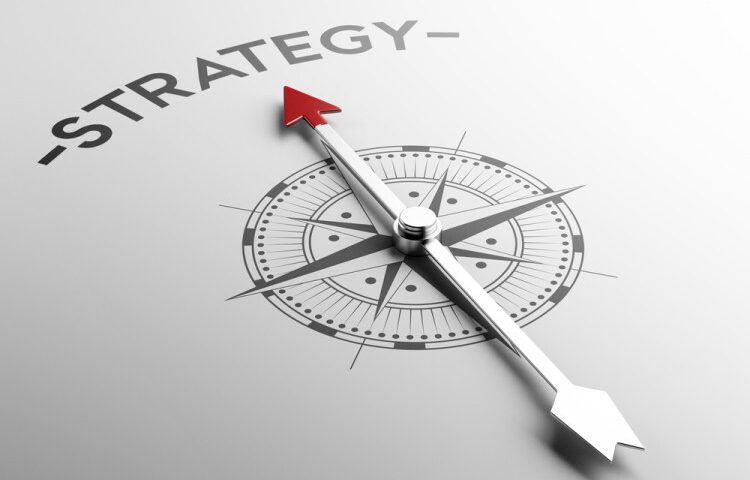Sandra Pedro, CMMP — Editor-in-Chief
Sustainability and businesses are compatible. More than that, they work as a strong alliance for profitable outcomes. This is an assumption already accepted by many executives, driven by their own values, consumption trends or disclosed data and outcomes. And how do they communicate this? What communication strategies do they use to reach stakeholders?
In the corporate world, communications have various target audiences from internal and external, and there are many strategies executed including branding, research, marketing communication, etc. Are these strategies effective for communicating a brand’s purpose and instilling action for a corporate sustainability strategy?
Purpose and reputation are correlated
People are looking for new lifestyles, more mindful lives, and they are expecting the same from corporations, previously seen as empty souls exploring human and natural resources. Today, people look for companies acting with purpose, transparency and ethically, advocating for values similar to their own.
Nielsen expects sustainable-minded shoppers to spend up to $150 billion on sustainable products by 2021. Additionally, Cone research confirms that purpose driven brands and messages create “deeper emotional connections with consumers” and companies “build significant and lasting relationships with individuals”. Purpose is one critical dimension of reputation, building vital brand affinity among consumers.
C4D engages and boost outcomes
Communication with purpose can help companies to create and boost bonds to transform the traditional relationship between company-stakeholders. Communication for Development (C4D) strategies are driven by participation and dialogue from all stakeholders (internal and external), which help companies to engage in their corporate sustainability strategy and gain greater support for effective organic and systemic changes. Agents involved in whole processes will be identified with the business strategy for sustainability and outcomes will be reached earlier than planned.
On the other hand, C4D increases business ethics and transparency, engages consumers with their brands with similar values, increases effectiveness and visibility of their social and environmental projects, strengthens consumers’ emotional bonds and loyalty with brands. Ultimately, this increases sales.
How will your company communicate its sustainability strategy? How will you reach internal and external stakeholders? Is it using mobilization, advocating, behavioural change, and social change or adopting social integration strategies to reach consumers, distributors, vendors, staff, and many others?

